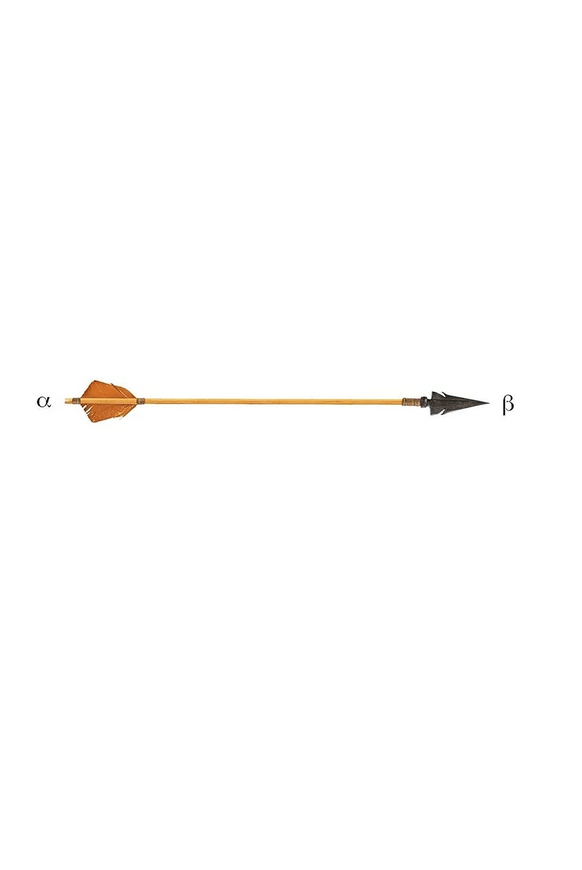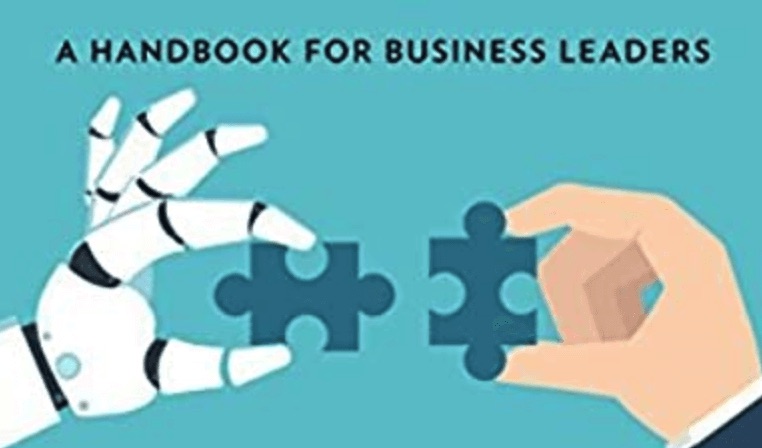
Highlights on The Book of Why
I was intrigued by this book because the author is a winner of a Turing award. I searched for it in my local library and they did not have it so I submited a suggestion for them to purchase it and they approved my request. The book on Amazon. The last chapter titled "Big Data, Artificial Intelligence, and the Big Questions" was my favorite. Ends with discussion on "moral robots"
The Book of Why. The new science of cause and effect. Judea Pearl and Dana Mackenzie
Brief Overview
The Book of Why (2018) by Judea Pearl, a Turing Award-winning computer scientist, and Dana Mackenzie explores the science of causality—how we move beyond mere correlations to understanding cause-and-effect relationships. The book traces the history of causal reasoning, from ancient philosophy to modern artificial intelligence, and presents Pearl’s groundbreaking work on causal inference using causal diagrams and counterfactual reasoning.
Pearl argues that traditional statistics, which relies on correlations and probabilities, is fundamentally limited. He introduces a new “ladder of causation,” a hierarchy that distinguishes between seeing, doing, and imagining—each representing a deeper level of causal understanding. This book challenges long-standing approaches in statistics and AI, proposing that machines can and should be able to ask and answer causal questions just as humans do.
Chapter Highlights
The Ladder of Causation
Pearl introduces three levels of causal reasoning:
- Association (“Seeing”) – Recognizing patterns and correlations.
- Intervention (“Doing”) – Understanding how actions affect outcomes.
- Counterfactuals (“Imagining”) – Asking “What if?” questions to explore alternate realities.
Why Correlation Is Not Causation
- The book criticizes traditional statistics for treating correlation as the ultimate tool, showing that correlation alone cannot explain causation.
- Example: Smoking and lung cancer were linked through correlation, but causal reasoning was needed to prove that smoking causes lung cancer.
Causal Diagrams and the Power of Graphs
- Pearl introduces Directed Acyclic Graphs (DAGs) as a way to represent causal relationships visually and mathematically.
- These tools help distinguish direct causation from confounding variables.
The Simpson’s Paradox and Hidden Variables
- A phenomenon where a trend appears in different groups but disappears (or reverses) when the groups are combined.
- Example: A treatment may seem ineffective in separate populations but effective when the data is combined.
The Role of Randomized Controlled Trials (RCTs)
- RCTs are often considered the gold standard for proving causation, but Pearl argues that causal inference can sometimes replace the need for expensive experiments.
AI and the Future of Causal Thinking
- Current AI relies on pattern recognition, but future AI should develop causal reasoning to truly understand the world.
- If AI can reason with counterfactuals, it will reach human-like intelligence.
Frequent Words/Phrases
- Causality
- Correlation
- Counterfactual
- Intervention
- Probability
- Bias
- Confounding
- Randomization
- Machine Learning
- Causal Diagram
